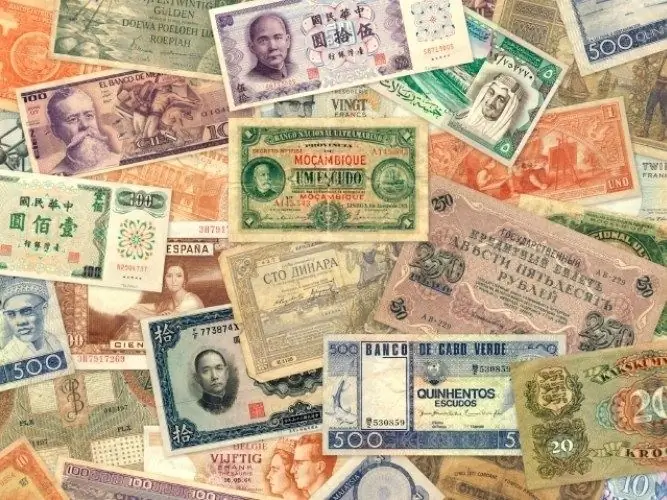- Author Antonio Harrison [email protected].
- Public 2023-12-16 07:44.
- Last modified 2025-01-22 21:44.
Back in the first half of the 18th century, hard currency was the only means of payment in Russia. It was only during the reign of Elizabeth Petrovna that the idea of introducing paper money first arose. However, this idea was considered absurd for a long time, since it was believed that "paper" was not able to replace full-value money. As a result, paper notes appeared in Russia only during the reign of Empress Catherine II.

From the history of the appearance of paper money in Russia
In the early 1860s, the Russian state faced financial problems. The treasury was empty and demanded replenishment. For this reason, the question arose of introducing paper notes into circulation, which to some extent could compensate for the shortage of metallic money. Paper treasury bills were already prepared under Peter III, but for various reasons the monetary reform was postponed.
After the accession to the throne of Empress Catherine II, a manifesto was issued, which spoke of the creation of two banking institutions in St. Petersburg and Moscow. Among other things, their functions included the exchange of traditional copper money for state paper notes. It was supposed to issue paper money in denominations of 25, 50, 75 and 100 full rubles.
The first Russian banknotes
The first paper notes were put into circulation in 1769. The new money was printed on white paper using black dye, but already contained watermarks, embossing and signatures of responsible officials as security elements. At first, banknotes were one-sided - their reverse side did not contain inscriptions and other graphic elements.
Officially, paper money was intended to lower the prohibitively high cost of issuing traditional money. But the reform also had a secret goal: Empress Catherine II in this way planned to replenish the treasury with minimal costs. In essence, Catherine's first banknotes were payment receipts that could be exchanged in banks for a metal coin in accordance with the denomination on the banknotes.
After the start of issuing paper banknotes, the state launched the exchange of "metal" for banknotes. Exchange offices were located in two dozen Russian cities, financial transactions were massive. Over time, the issue of paper notes increased, their number increased to hundreds of millions. Cunning bankers, having received a new financial instrument at their disposal, found an opportunity to replenish the state treasury through complex credit schemes using banknotes.
Paper banknotes were common throughout the Russian Empire until the outbreak of World War I and were backed by gold. The appearance of the banknotes changed from time to time, more modern anti-counterfeiting elements appeared, the banknotes received individual numbers. Portraits of Russian emperors were the decoration of paper money.






